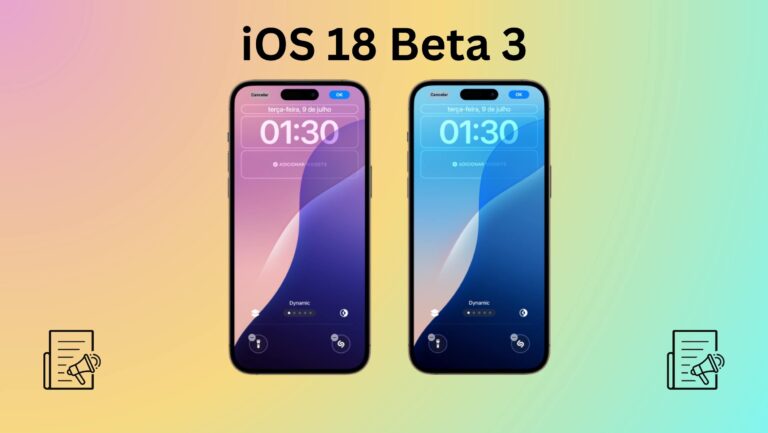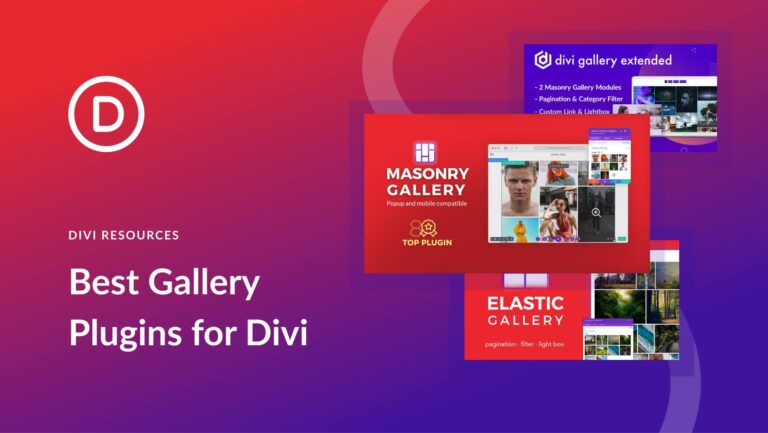Freelance web designers often face misconceptions about their work and lifestyle. These assumptions revolve around the idea of freedom, which is seen as a major advantage of freelancing. However, the reality is more complex and nuanced. Let’s explore the different types of freedom that come with freelancing and their associated costs and limitations.
One significant freedom of freelancing is the ability to create a personalized work environment. Freelancers have the flexibility to choose where, when, and how they work. While working on the beach at night may not always be practical, it is a possibility. This freedom allows freelancers to have a home office, work in a private environment, and enjoy their work every day. It also enables them to spend more time with their loved ones and develop discipline in their work habits. However, this freedom comes with sacrifices and the need for understanding clients who are willing to accommodate unconventional working hours.
Another freedom that freelancers enjoy is the ability to choose the right projects. Freelancers can decide which projects align with their preferences in terms of price points, industries, and subjects. Being selective about clients and projects reduces stress and ensures that freelancers are working on projects they genuinely enjoy. However, determining the ideal clients and projects can be challenging, especially for new freelancers. This freedom is often earned through experience and requires financial stability to turn down clients outside of one’s niche.
Freelancers also have the freedom to use their favorite tools and workflows. Unlike traditional employment where specific tools and technologies are mandated, freelancers can choose the hardware and software that best suit their needs. This freedom allows them to work with tools they believe in and avoid outdated solutions. However, it also comes with the responsibility of ensuring that the chosen tools deliver successful results, as there is no one else to blame in case of failure.
Ultimately, freelancing is about making independent choices. While assumptions about freelancers’ lifestyles may not be entirely wrong, the reality is more nuanced. Freelancers have the freedom to make decisions, but these choices come with consequences. Success in freelancing requires courage, decision-making skills, and the ability to navigate the outcomes of those decisions. The true freedom lies in being the captain of one’s own ship.
In conclusion, freelancing offers various types of freedom, including a personalized work environment, the ability to choose projects, and the freedom to use preferred tools. However, each freedom comes with its own costs and limitations. Freelancers must navigate these complexities to achieve success in their careers.






